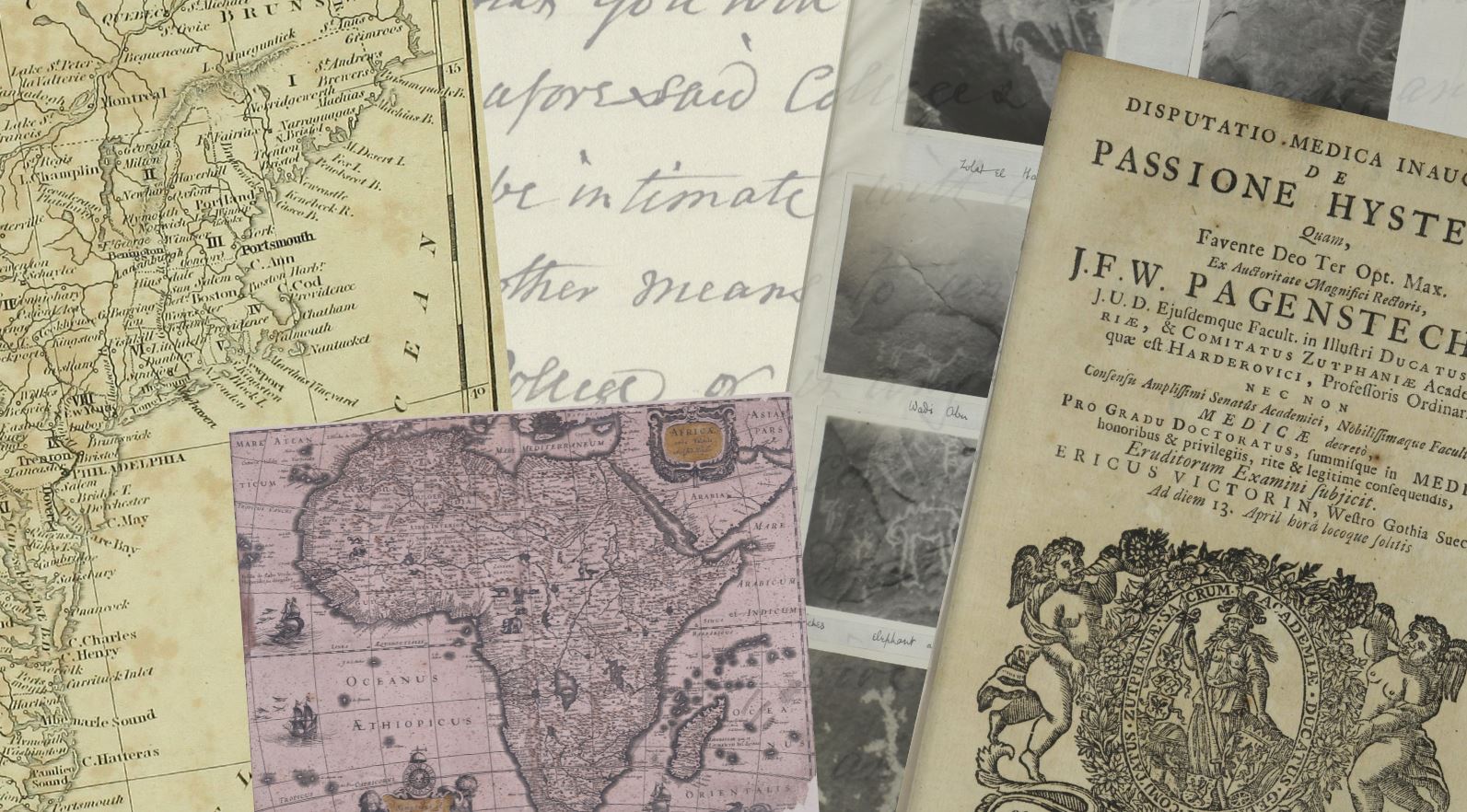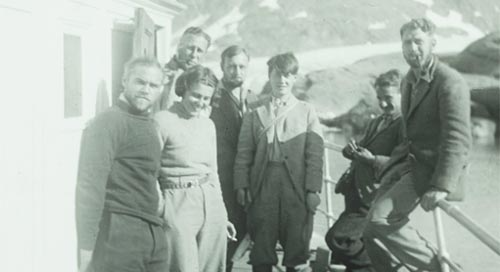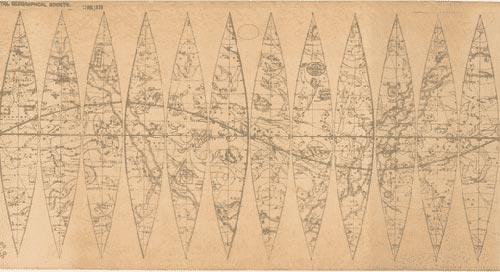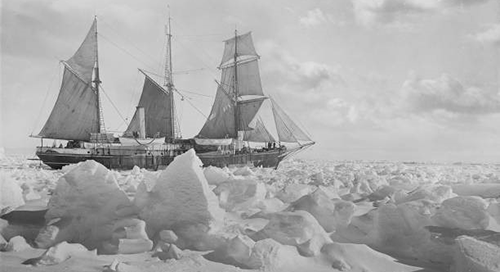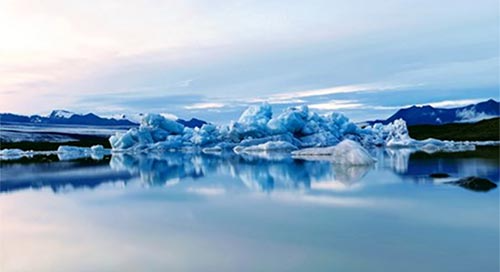a-visual-journey-through-the-archives-world-photography-day
August 15, 2022
Join us in celebrating World Photography Day, this August 19th, by taking a look back at how photography has evolved since its inception and its impact on research.
It’s difficult to imagine a world without easy access to a camera in our back pockets, but not long ago, sketch work and lantern slides were critical forms of documentation during moments of insight, exploration, and even disaster.
On August 19, 1839, George Eastman and Louis Daguerre’s photographic process, daguerreotype, was recognized by the French government. Though daguerreotype was not the first process to produce a permanent photograph, it provided commercial success and revolutionary advancements to the world of photography.
The art of photography shook the world of research, introducing a whole new avenue of primary source materials. As a seemingly reliable form of visual documentation, photography served as a useful tool in file keeping and for storytelling. The immersive new visual medium helped bring research to life.
With over 400,000 photographs in Wiley Digital Archives, we invite you to journey with us through the archives as we celebrate World Photography Day, a day dedicated to Daguerre’s discovery:
| Using Sketches to Identify Species One of the oldest sketches in Wiley Digital Archives from 1496 depicts two sea monsters with scales, horns, talons, and feathers. Identifying fauna and flora through sketch practice was a reliable method for identifying species. Sketch practice remained the preferred form of identifying wildlife even after photography was introduced. This began to change as camera quality improved and lenses were produced to support long-range capabilities. From the collection: E. von Groote, RGS Images Online, 1496.
|
Discovery and Disaster: Documenting Ship Expeditions During expeditions, detailed sketches were used to acknowledge both discovery and disaster before photography. A sketch by John E. Davis shows two ships, the Erebus and the Terror, colliding to avoid an iceberg during an arctic expedition in 1842. Only five years later, the ships met their demise during the Franklin expedition, where 129 crewmembers perished. Photos in the archive show the discovered remains of seven of the crew members nearly a century later. From the collection: John E. Davis, RGS Images Online, 12/03/1842.
| |
|
| A Pop of Color: Lantern Slides Introduced in 1849, photographic lantern slides were the next trend among travelers and, due to their projection capability, the next great visual storyteller. From 1888-1915, Walter Weston, known as the father of recreational mountaineering in Japan, served as a missionary where he captured his experience of Japanese landscapes, culture, and traditions through lantern slides. Lantern slides were produced in black and white. Colored lantern slides required a colorist to add saturation by hand, often resulting in a surreal and illustrative appearance. From the collection: W. Weston, Lantern Slides, Japan, n.d.
|
Failed Voyages Caught on Camera There are remaining mysteries concerning the previously mentioned Franklin expedition due to a lack of surviving evidence. The Terra Nova expedition of 1910-1912 led by Robert Falcon Scott, however, was one of the earliest failed expeditions supported by photographical evidence. Herbert Ponting joined the journey to the Antarctic with his cinematograph, taking photos of the expedition up until sledging season, where he took photos of five crew members who set out to reach the South Pole and would never return. From the collection: Herbert Ponting, RGS Images Online, 9/15/1911.
| |
A Pioneer for Female Photographers Vera Broughton was one of the first female photographers in the field of ethnography. Broughton traveled to Burma, Malaysia, Sarawak, Vietnam, the Philippines, China, Papua New Guinea, and Australia with Walter Guinness, or Lord Moyne, who used Broughton’s expedition pictures to illustrate his book Walkabout, a tale about an unnamed aboriginal who helps two stranded children survive the Australian wilderness. From the collection: Moyne & Broughton Collection, 1939.
| |
 | Color Photography Enters the Game While founded in the 1890’s, color photography only started to become refined and commercialized starting in the 1930s. It then spread like wildfire, breathing polychromatic life into pictures and thus beginning the transition of leaving grayscale behind. Philip Dark was an anthropologist whose interests in the peoples of the Pacific took him to Papua New Guinea, where he studied and photographed the Kilenge. Dark’s work has served as a beacon for researchers interested in the Pacific. From the collection: Philip John Crosskey Dark, Dark Collection, 1960s. (Available to view via institutional or trial access)
|
Want to explore more photos on Wiley Digital Archives? Contact us for a free trial.








